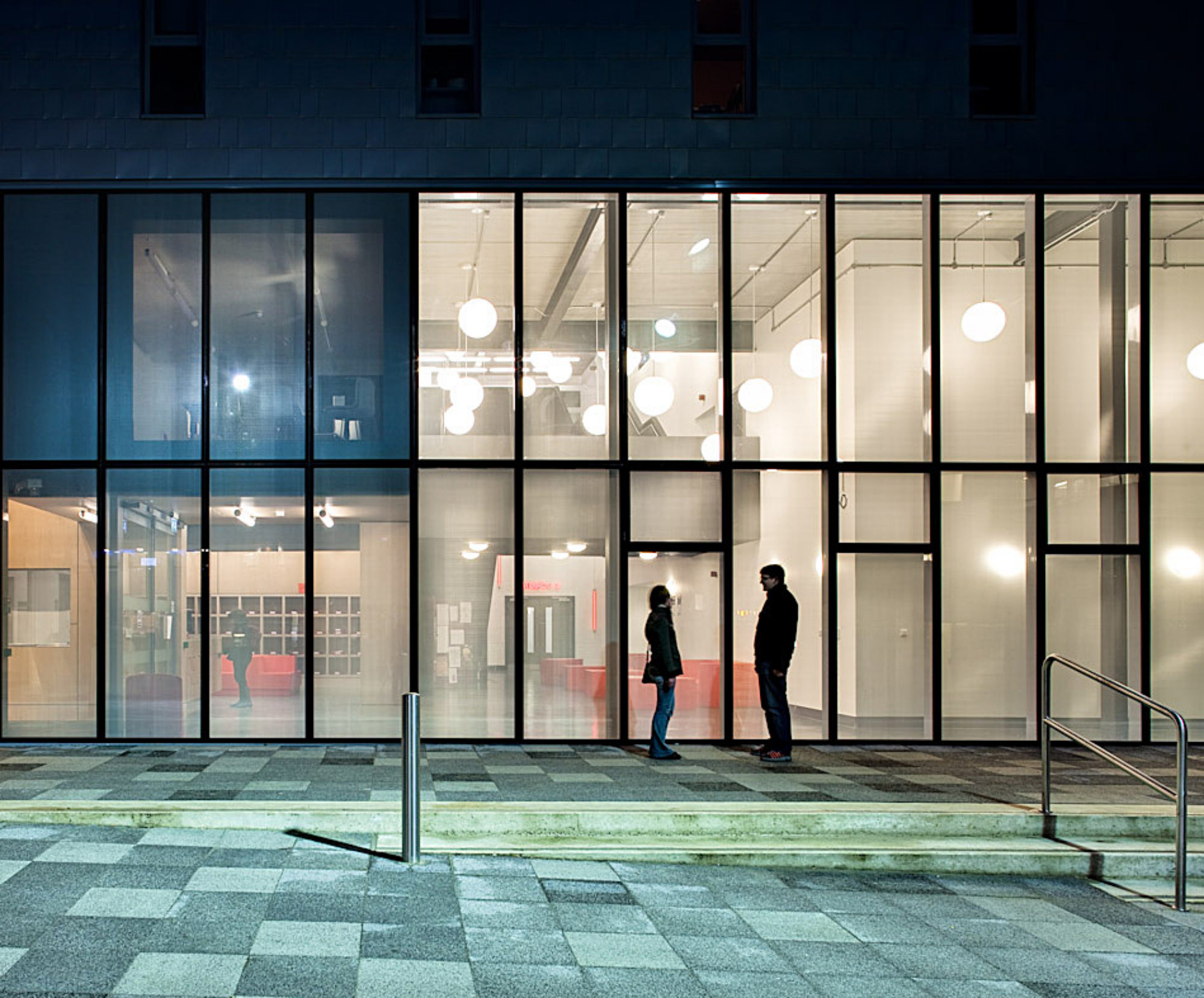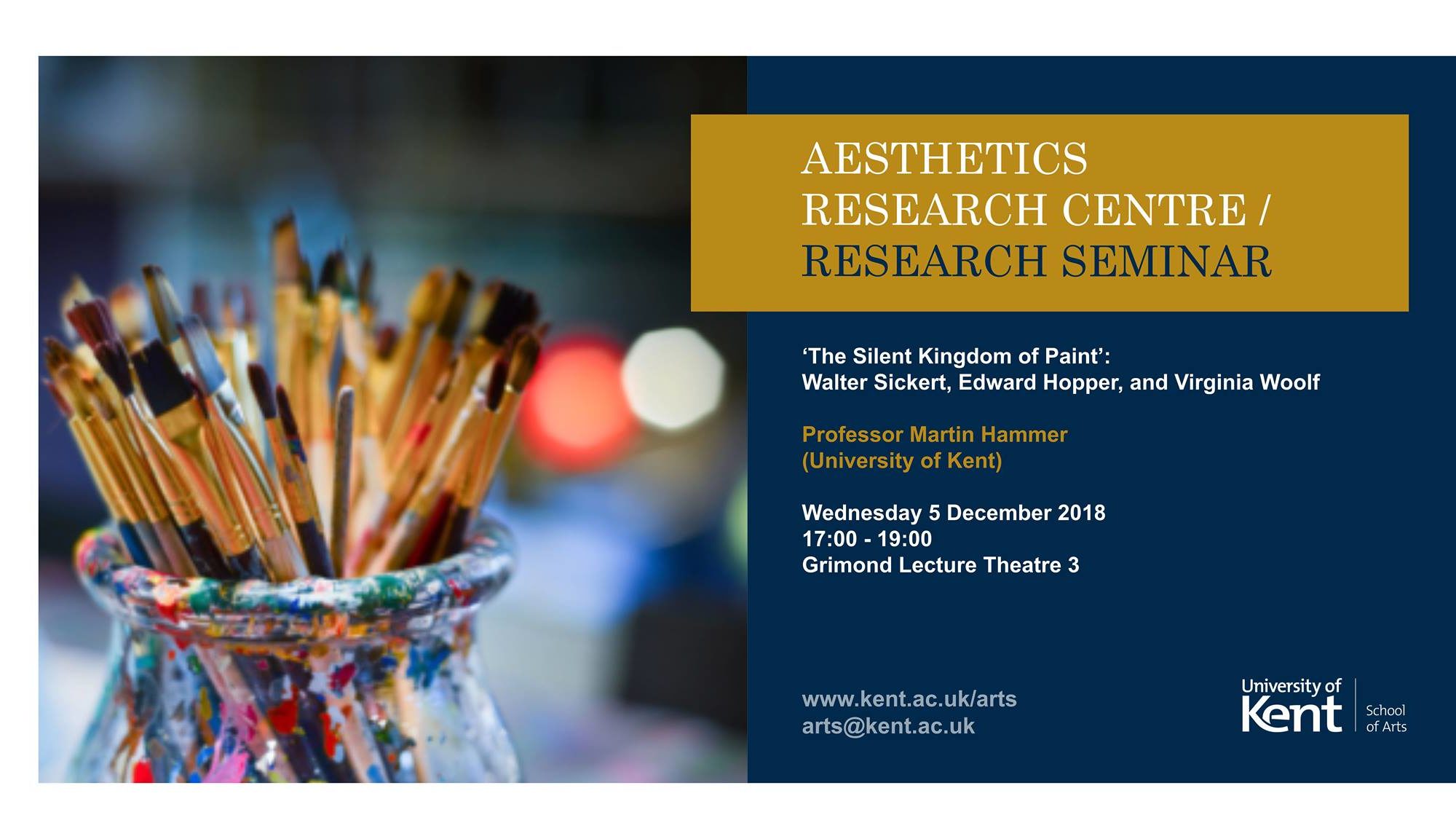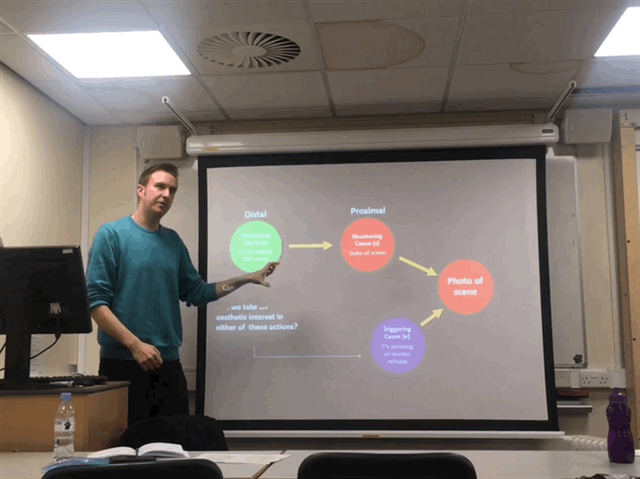Professor Martin Hammer (Professor of History & Philosophy of Art, School of Arts)
“The Silent Kingdom of Paint”: Walter Sickert, Edward Hopper, and Virginia Woolf
Wednesday 5th December 2018, at 5pm in Grimond Lecture Theatre 3 (GLT3), University of Kent
This paper is built around a juxtaposition of two near-contemporary painters working in the early decades of the twentieth century, namely Walter Sickert and Edward Hopper, based respectively in Britain and the USA. Consideration of their remarkable but unexplored artistic affinities (alongside their divergences) raises the issue of whether these are coincidental, or whether we can (and need to) establish pathways of transmission. In parallel to this art-historical investigation, I want to employ their shared (and anachronistic) preoccupation with narrative imagery, to reflect in more philosophical terms upon how we as viewers negotiate such works, and why commentators insist upon projecting repetitive readings, within a quite narrow expressive range, onto works that can also be seen as ambiguous and open to quite different sorts of interpretation. Why do we interpret paintings as we do? An interesting route into this question is provided by the short text about Sickert by Virginia Woolf, published in 1935, which articulated thoughts about “the silent kingdom of paint” that apply intriguingly to both artists.



